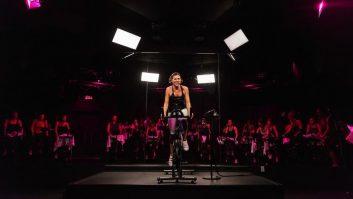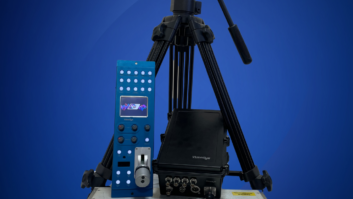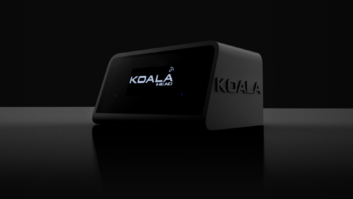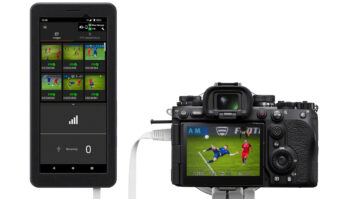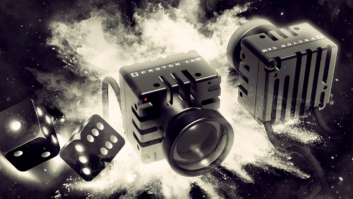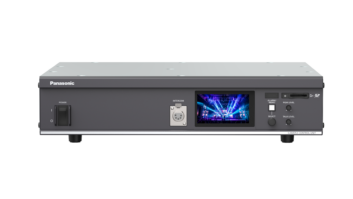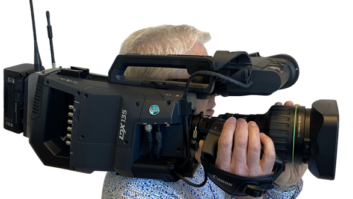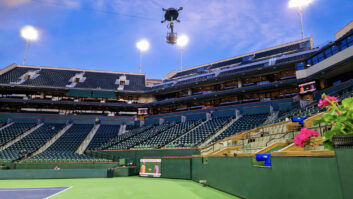With so much revenue riding on live events, it’s critical for producers to provide the best possible experience when presenting live and post-produced content. Higher resolution (example 4K) has been considered the best option for image quality by broadcast, entertainment, arenas, and stadiums. However, the 4K hype has subsided over time, even consumers are beginning to understand that 4K, by itself, isn’t the most impactful aspect of video for live events & content. Many professionals agree that High Dynamic Range (HDR) and Wide Colour Gamut images provide a more impactful “pop of the screen”.
Even as HDR colour has become an essential technology for Blu-ray, OTT, and VoD streaming content, it’s still not what most viewers consume. Cable-based viewers watching in HD can only watch programmes in standard dynamic range (SDR) and the corresponding standard colour gamut. The need to serve both viewing audiences presents a challenge for production companies having to produce simultaneous dual HDR and SDR programs. Further compounding the issue is the drive to reduce production costs whenever possible with increasingly restricted budgets. The continued development of remote integration (REMI) or “at home” remote production workflows require less equipment and personnel on-site.
For larger events that utilise traditional OB trucks, the clear trend has been to pull signals back to the production company’s locally staffed master control facilities and distribute them to customers from there. Functions such as graphics, replay, or camera shading (ensuring all camera sources match), once handled only on-site, are more regularly being done from home base. These shifts have resulted in massive savings in production costs and more efficient use of talent.
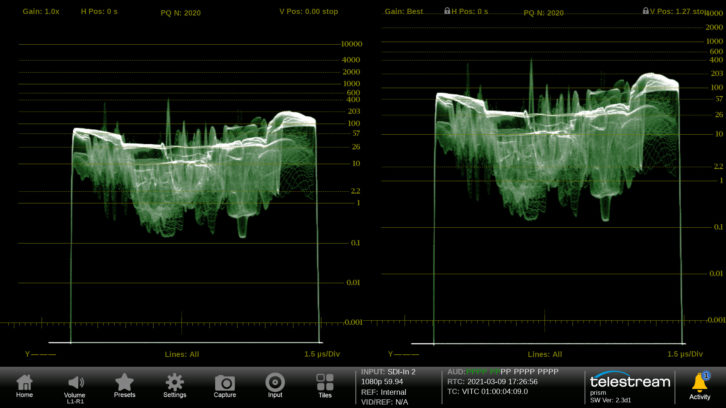
Camera shading is critical for dual HDR/SDR workflows
An interesting example of the complexity involved in producing a dual HDR/SDR workflow has to do with camera shading. This is the critical process of calibrating each camera with a waveform monitor to precisely match the other cameras in color and contrast so the viewer experiences seamless transitions as the cameras are switched. As more parallel SDR/HDR workflows have been introduced, it has become well known that if the cameras are not correctly shaded in HDR, the colour conversion process on the way down to SDR will suffer. There’s no ‘fixing it in post’ when it comes to these complex colour transformations. It’s now critical that engineers take the time to align the cameras with an HDR-capable waveform monitor, such as Telestream’s PRISM, to ensure quality for both dynamic ranges and colour gamuts. It’s also important to guarantee that the high-quality output takes advantage of the wide colour gamut and contrast range that the HDR format provides.
Evolution of a tried and trusted tool
As formats and signals have evolved, waveform monitors have had to keep pace. Signals could be traveling over IP or SDI, so engineers need equipment that functions in both types of ecosystems.
While operators need the latest features to monitor IP signals and make objective measurements of HDR, they also appreciate a traditional layout of waveform monitor and vectorscope. Most shading operators prefer two full individual displays versus squeezing everything together in a single display, and this is available today from a single unit. The beauty of IP is that it allows engineers to perform camera shading remotely.
Minimising staff impact when running dual HDR/SDR production
Fluent conversion between HDR and SDR is essential to minimising the impact of HDR programme delivery to staff. In fact, there might be little to no HDR monitoring required in the galleries and control rooms when everything is operating as designed. Some productions use colour down-mapping throughout their galleries, so they see the same SDR signals that most of their viewers see. This allows them to keep everyone working in SDR with the assurance that HDR viewers are still getting the benefit. All of this requires perfect alignment and a well-choreographed dance of technology behind the scenes.
In the not-too-distant past, productions could occasionally get away without shading cameras to perfection for live events. In the new HDR/SDR world we’re living in, it has become a necessity.
